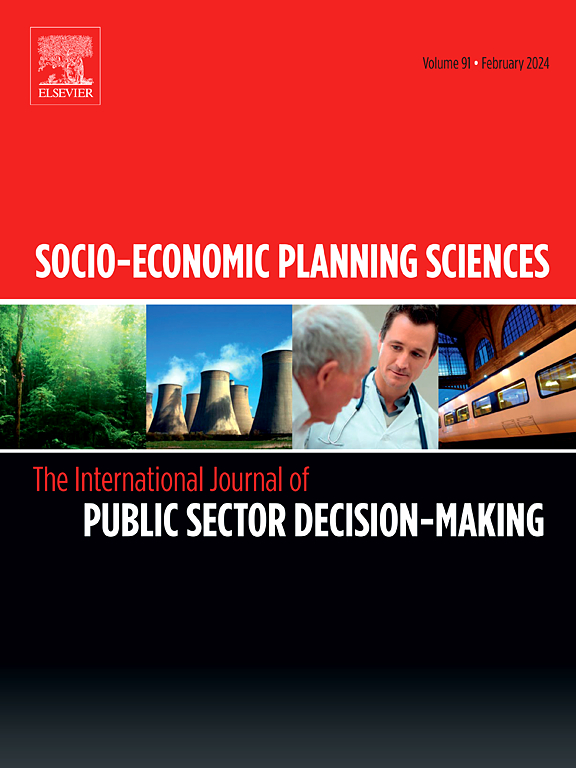Predicting policy funding allocation with Machine Learning
IF 6.2
2区 经济学
Q1 ECONOMICS
引用次数: 0
Abstract
Allocating funds through competitive opportunities is a core tool of place-based development policies, as it can generate economic benefits and support the revitalisation of ‘left-behind’ territories. By relying on Machine Learning (ML) techniques, this paper investigates the predictability of actors expected to benefit from EU development funding over the 2014–2020 period in Italy. We implemented eight different ML classification algorithms and Random Forest, followed by Extreme Gradient Boosting, and Support Vector Machine emerged as the most predictive. The results show that it is possible to make out-of-sample predictions and diagnose the precise factors influencing fund allocation, such as territorial attributes, economic dimensions, and production specialisation. Knowing in advance potential winners of the calls can help design tailored territorial, and even sectorial, public policies to address the obstacles to local development and green transition, and to efficiently distribute resources within the policy framework. This evidence contributes to the reflection launched by the Commission on the future of the competitiveness of the EU.
用机器学习预测政策资金分配
通过竞争机会分配资金是基于地方的发展政策的核心工具,因为它可以产生经济效益并支持“落后”地区的振兴。通过机器学习(ML)技术,本文调查了2014-2020年期间意大利有望从欧盟发展资金中受益的参与者的可预测性。我们实现了八种不同的机器学习分类算法和随机森林,其次是极端梯度增强,支持向量机是最具预测性的。结果表明,该方法可以做出样本外预测,并准确诊断出影响资金配置的因素,如地域属性、经济规模和生产专业化。提前了解这些呼吁的潜在赢家,有助于设计有针对性的地区甚至部门公共政策,以解决当地发展和绿色转型的障碍,并在政策框架内有效分配资源。这一证据有助于委员会对欧盟未来竞争力的反思。
本文章由计算机程序翻译,如有差异,请以英文原文为准。
求助全文
约1分钟内获得全文
求助全文
来源期刊

Socio-economic Planning Sciences
OPERATIONS RESEARCH & MANAGEMENT SCIENCE-
CiteScore
9.40
自引率
13.10%
发文量
294
审稿时长
58 days
期刊介绍:
Studies directed toward the more effective utilization of existing resources, e.g. mathematical programming models of health care delivery systems with relevance to more effective program design; systems analysis of fire outbreaks and its relevance to the location of fire stations; statistical analysis of the efficiency of a developing country economy or industry.
Studies relating to the interaction of various segments of society and technology, e.g. the effects of government health policies on the utilization and design of hospital facilities; the relationship between housing density and the demands on public transportation or other service facilities: patterns and implications of urban development and air or water pollution.
Studies devoted to the anticipations of and response to future needs for social, health and other human services, e.g. the relationship between industrial growth and the development of educational resources in affected areas; investigation of future demands for material and child health resources in a developing country; design of effective recycling in an urban setting.
 求助内容:
求助内容: 应助结果提醒方式:
应助结果提醒方式:


